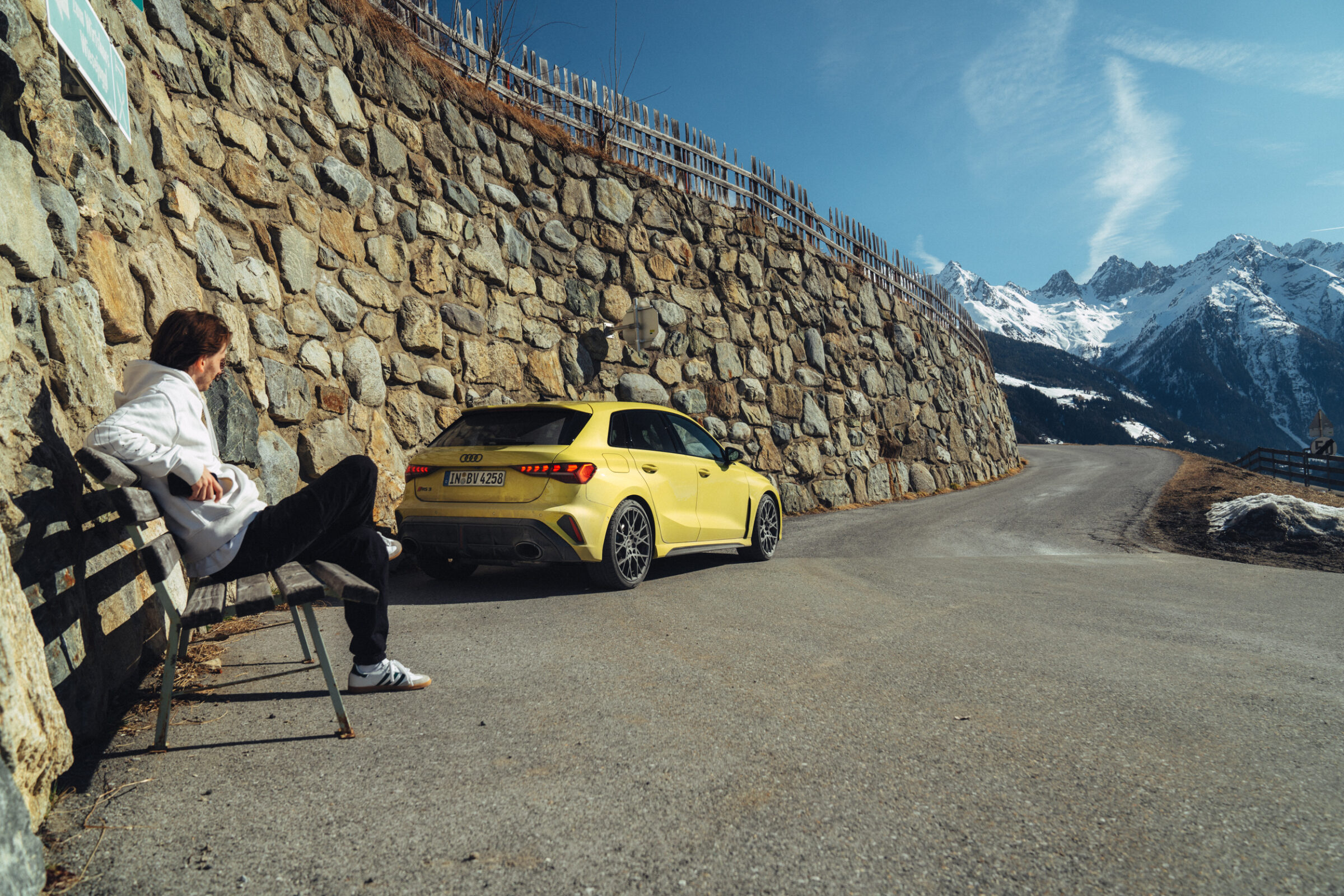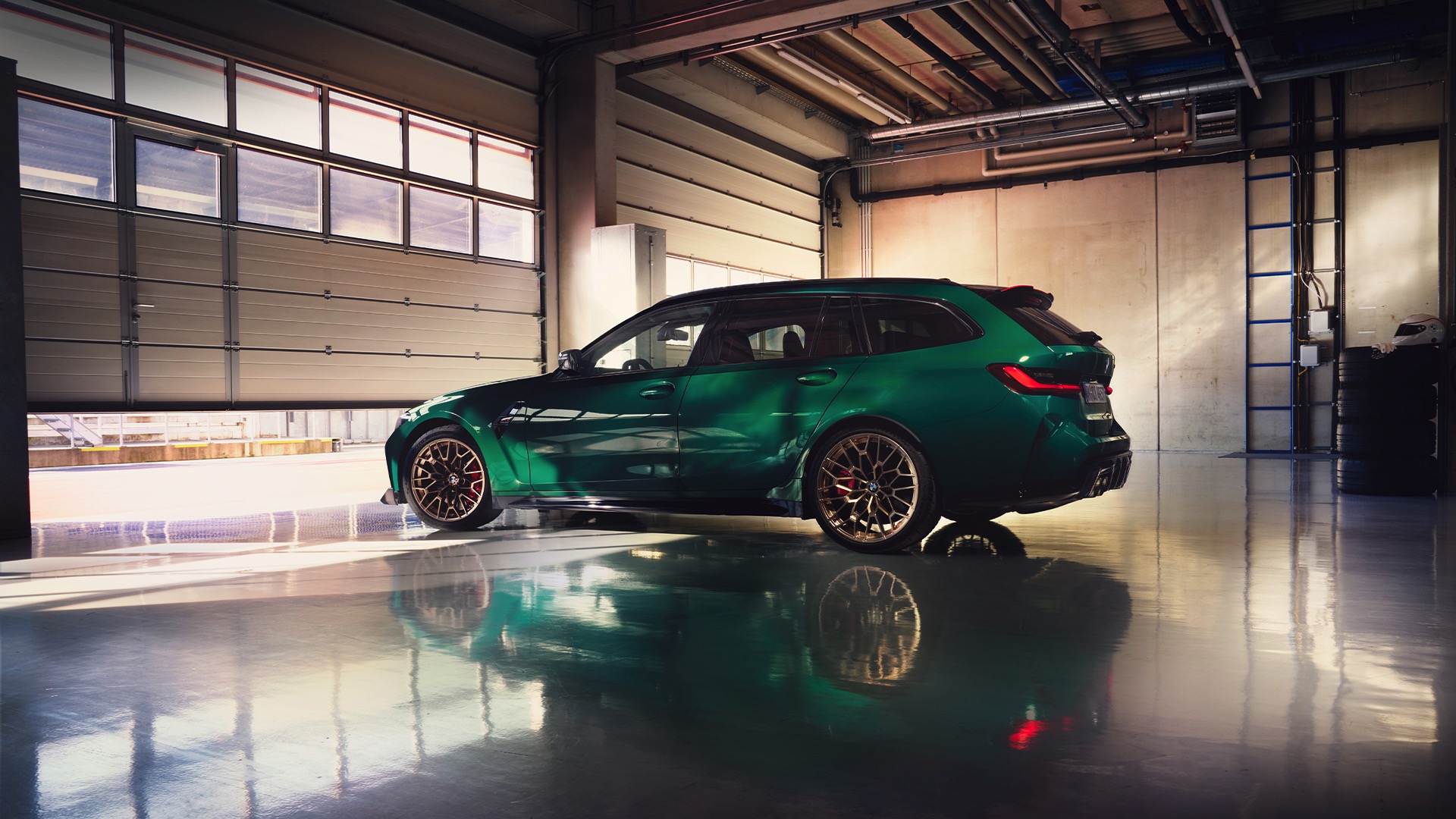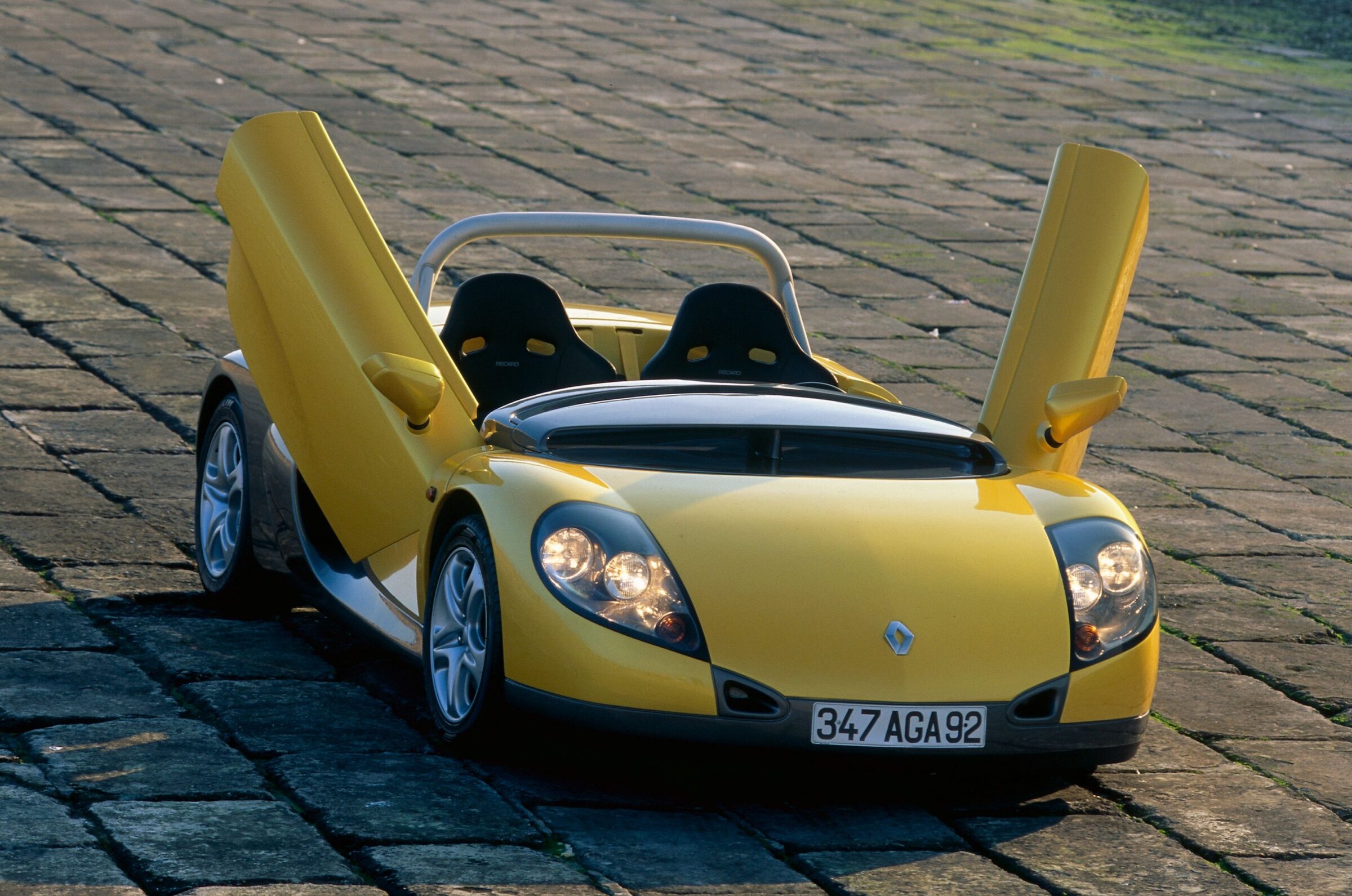Chevrolet Corvette C1
In early 1953, Chevrolet presented the near-production concept car of a sports car called EX-122 with a fiberglass bodywork at the Motorama in New York’s Waldorf Astoria Hotel. Spurred on by the more than positive reactions of visitors, production began as early as June 1953. It had all started when Harley Earl, then GM’s design chief and a big sports car fan, first laid eyes on the Nash-Healey, introduced in 1951, at a car show. Corresponding roadsters and coupés – mainly from Europe – enjoyed great popularity, especially among American soldiers returning from World War 2. It was therefore comparatively easy for Earl to convince the board of General Motors to build such a car. From the end of 1951, work was underway, led by the Special Projects Team. In order to mislead outsiders, the vehicle was given the name “Project Opel”. The sales price promised at the world premiere was around US$ 2,000.
Technology from the GM Group shelf
Only about six months after its debut, the first examples of the Chevrolet Corvette rolled off the production line at the Flint plant in Michigan. In order to keep costs down, Robert F. McLean, then a member of the GM board of directors, demanded the use of as many parts as possible from the company’s parts shelf. It is therefore not surprising that the rigid axles and the inline six-cylinder engine came from other Chevrolet models of the time. In contrast, a higher compression ratio and three downdraft carburetors increased power to 110 kW/150 hp and gave it the name “Blue Flame”. However, GM didn’t have a suitable manual gearbox available and therefore had to install a two-speed Powerglide automatic. This swallowed a good part of the power and provided an acceleration time of 11.5 seconds from standstill to 60 mph. Production in Flint was mostly done by hand, which is why the manufacturing quality wasn’t as good as desired.
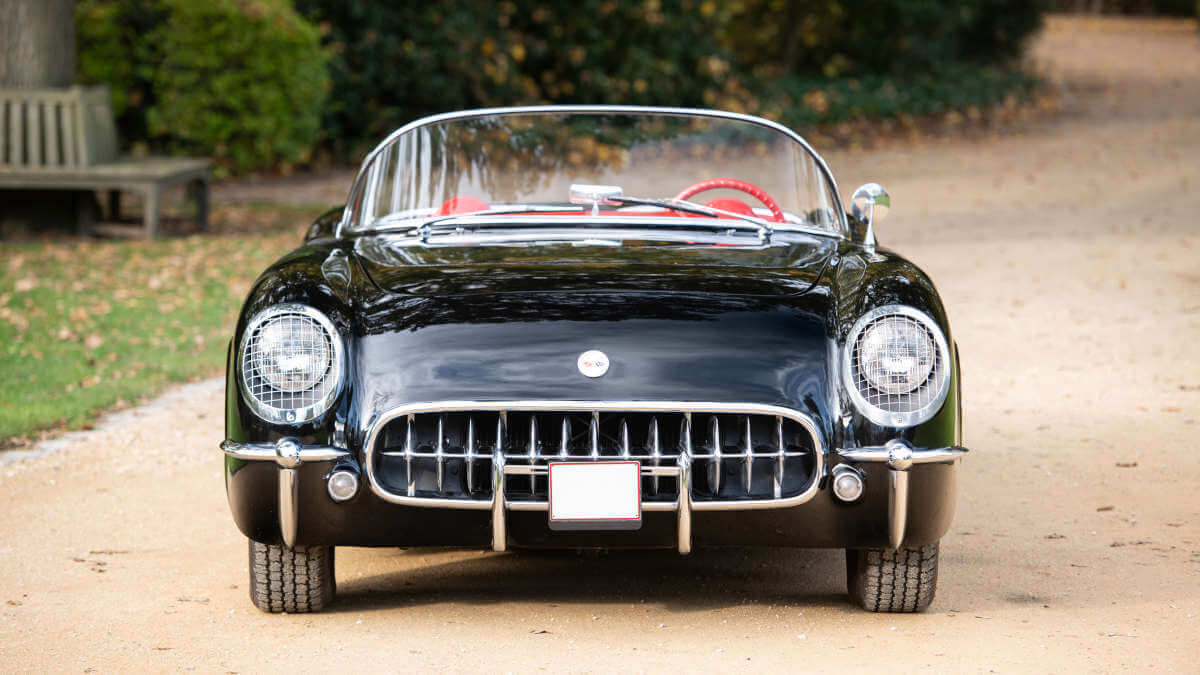







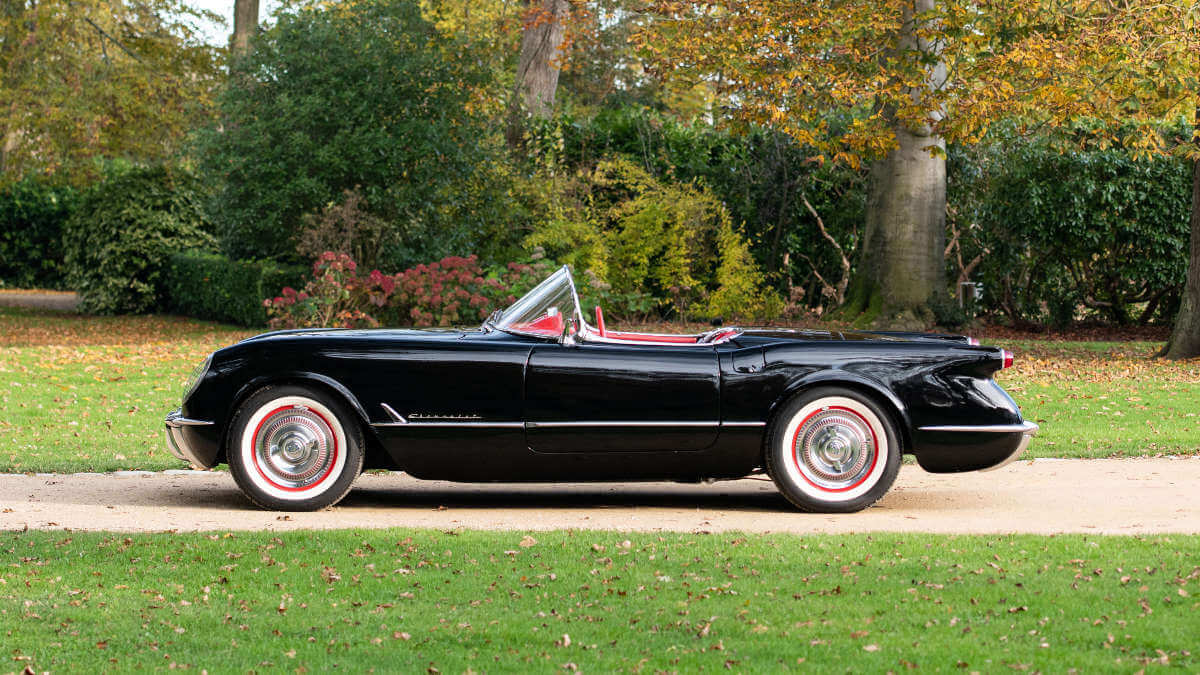

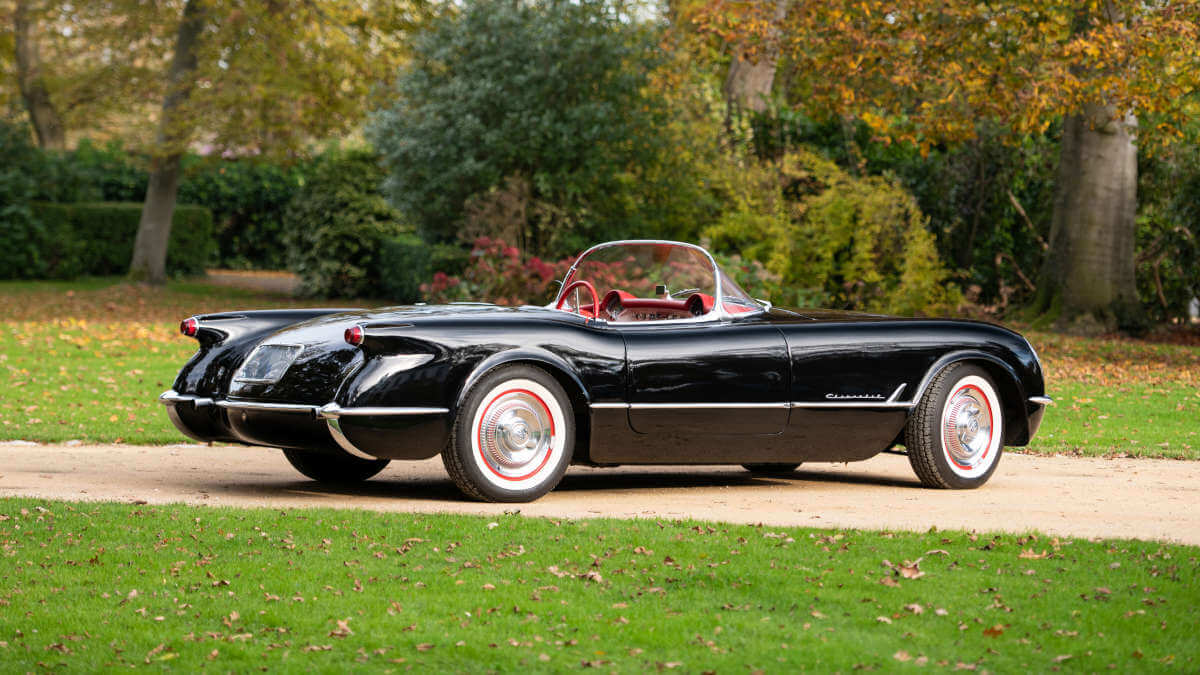







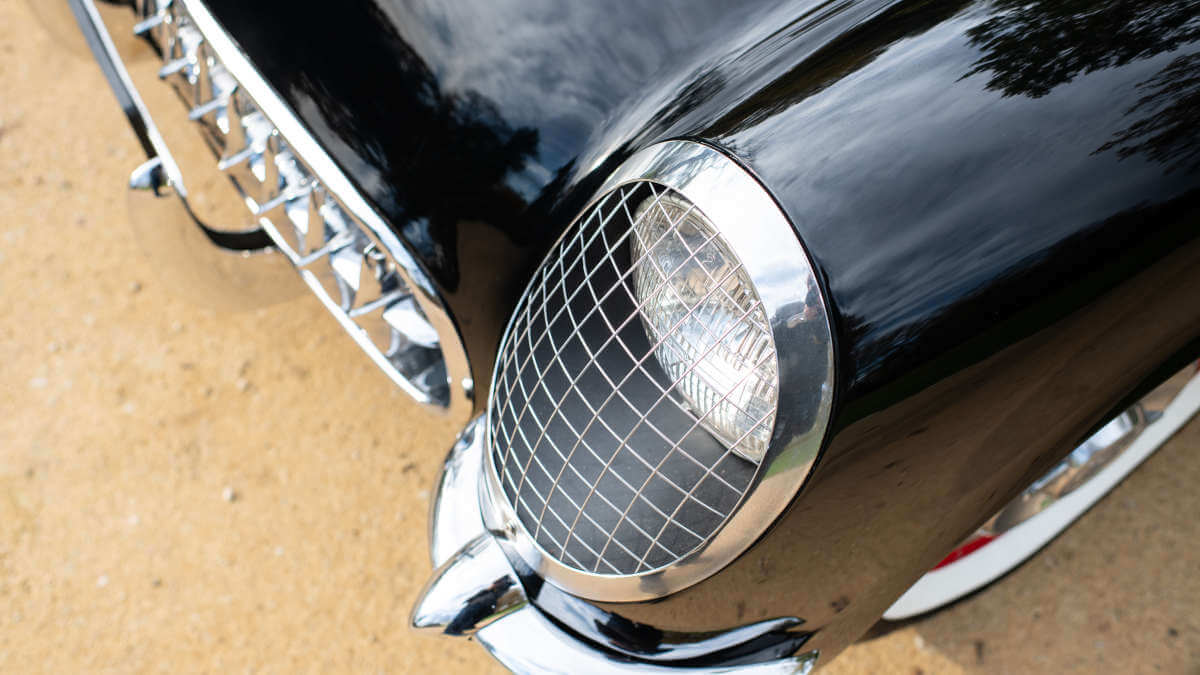

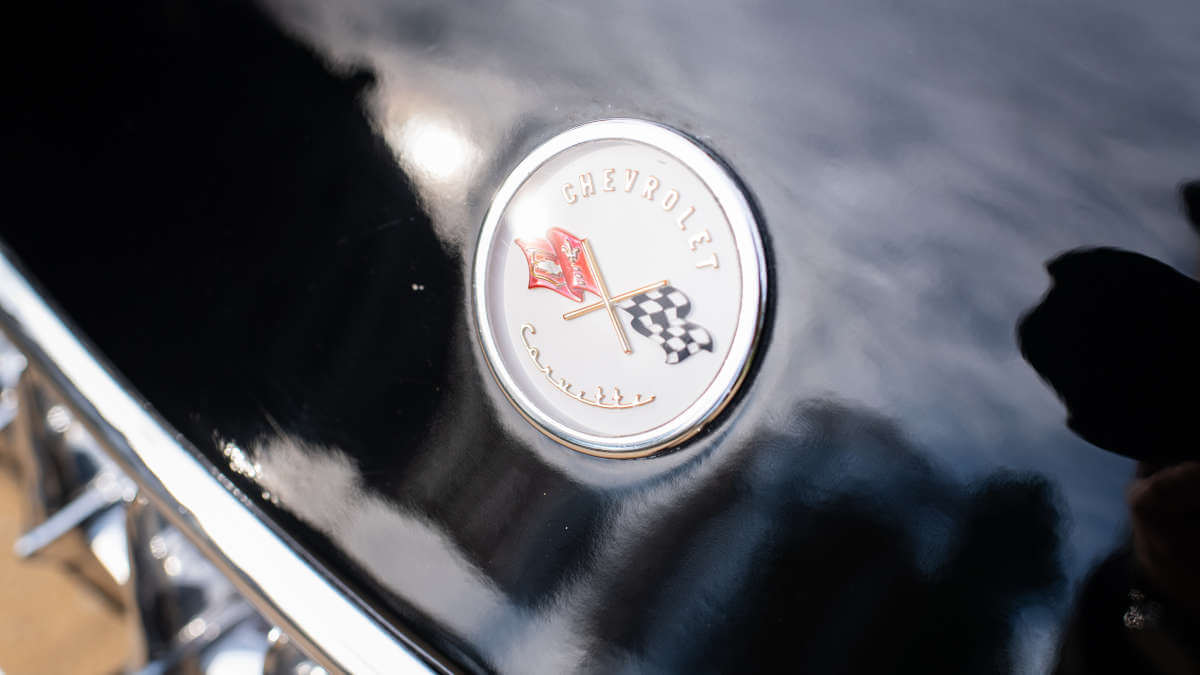

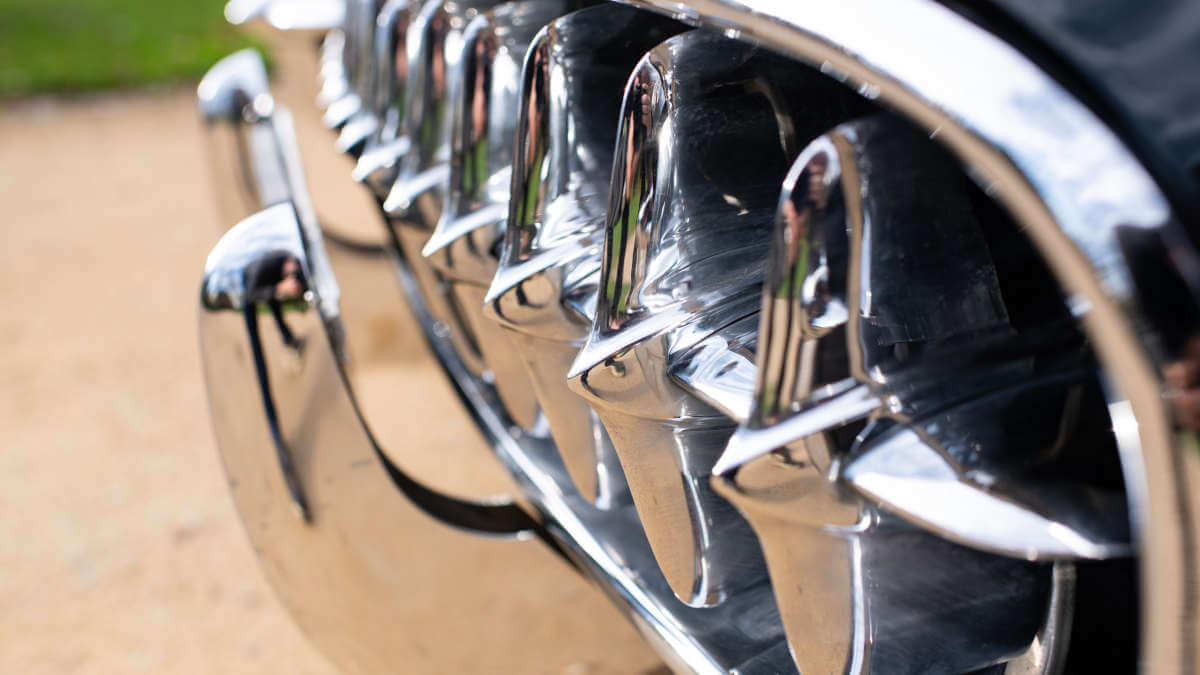

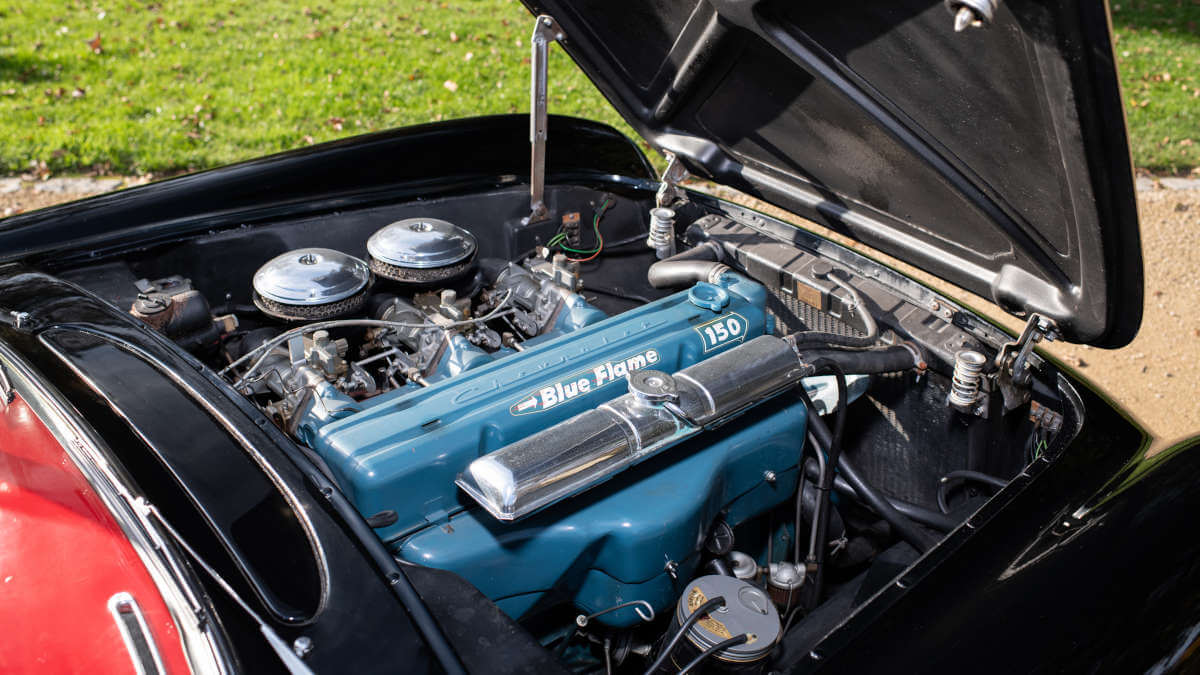















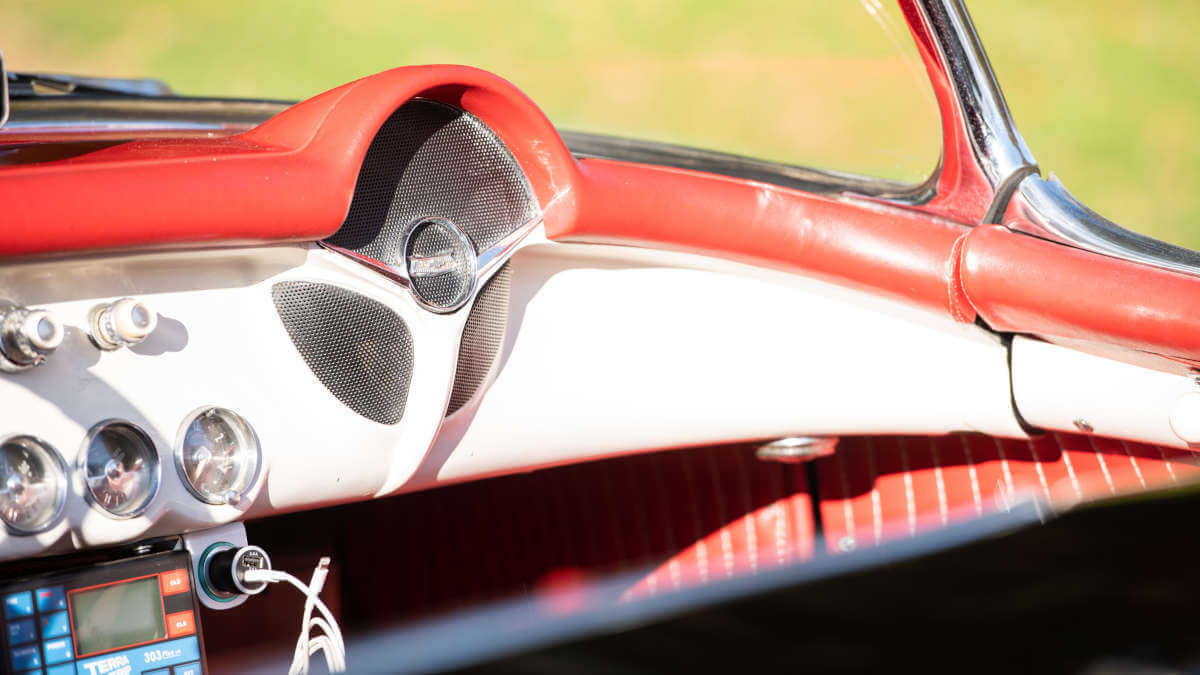



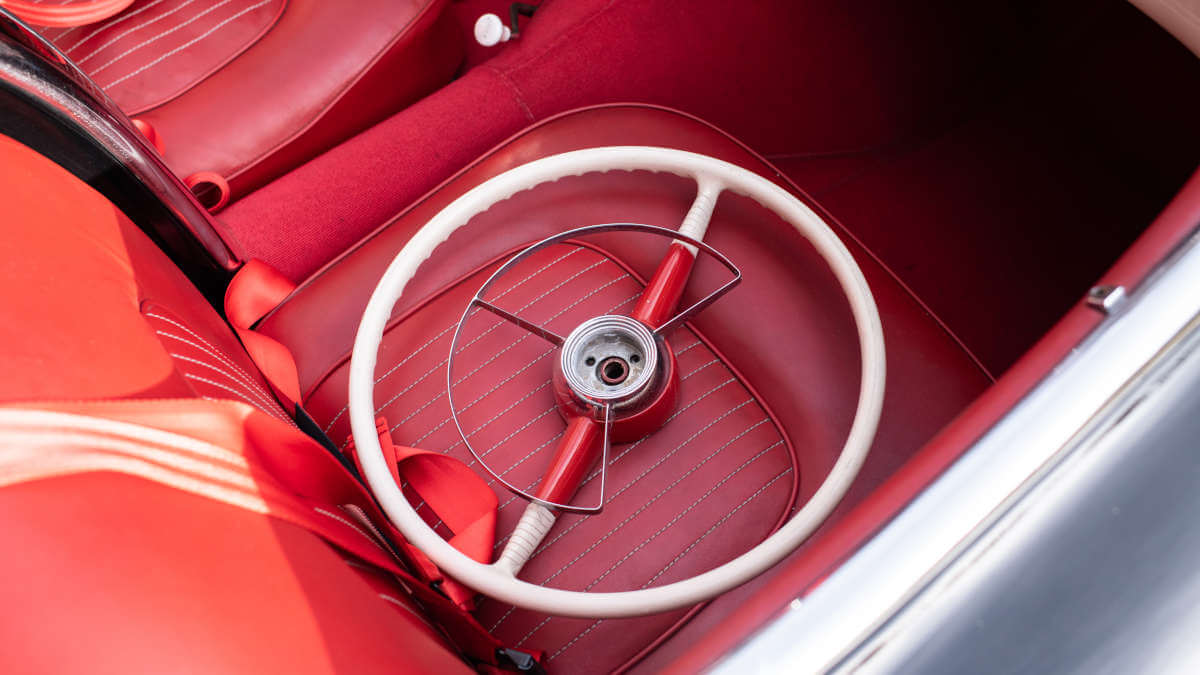

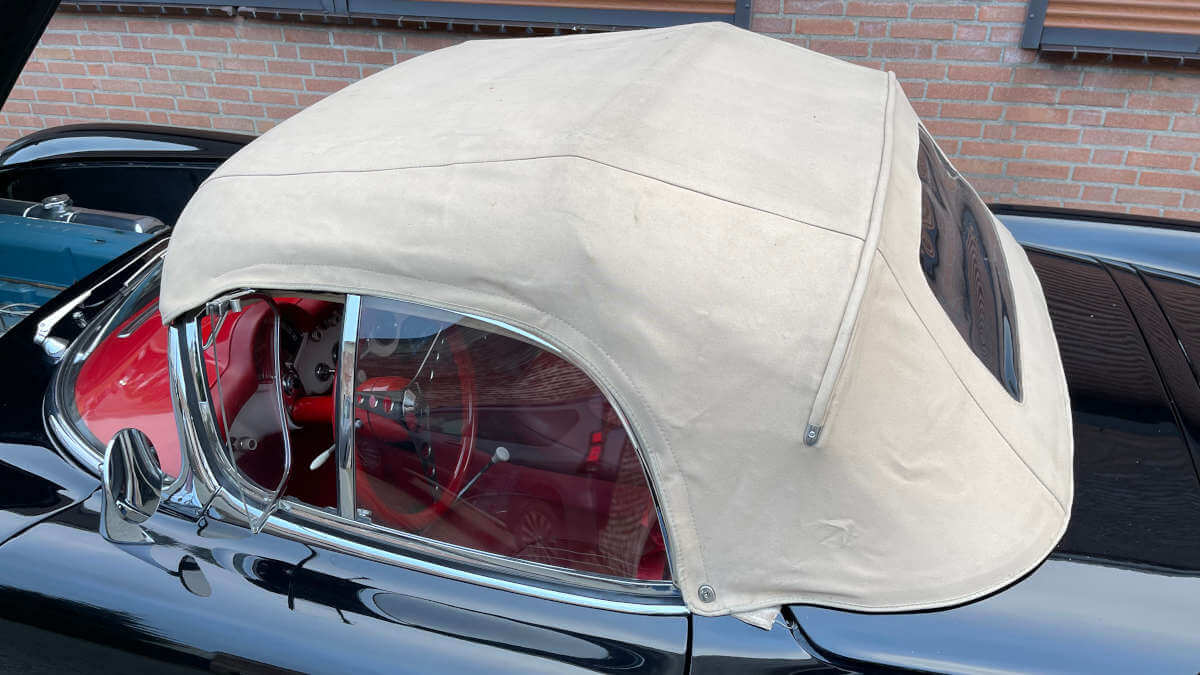

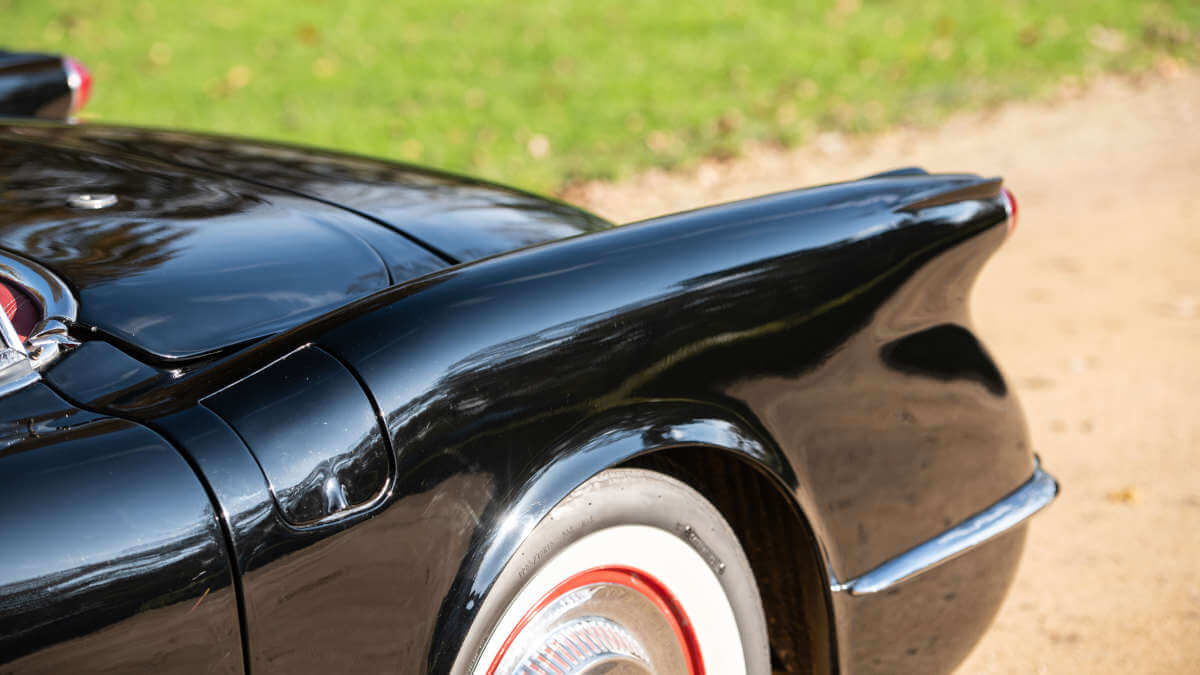







Initially not a big seller
Chevrolet knew this, too, and worked hard to set up full-scale production in St. Louis, Missouri. By early 1954, the production line was ready and inaugurated. Until then, only 300 units had been built in Flint. Technically, everything remained the same as in 1953, although Chevrolet dealers offered the installation of a Paxton supercharger for an additional charge to increase the power output. Similar to British roadsters, there were only plug-in side windows until 1956, no retractable windows. Combined with the price of more than US$ 3,000, the rather disappointing performance and the weak drum brakes, this resulted in low sales figures. Quite a few decision-makers in the GM group therefore wanted to take the Corvette out of the model program sooner rather than later. At the end of the 1955 model year, however, the first Chevrolet V8 engine since 1919 was introduced to the market. Zora Arkus-Duntov installed this engine in the Corvette, positioning it against the Ford Thunderbird.
1954 Corvette at RM Sotheby’s
The V8 engine eventually made the Corvette a huge sales success after all, a trand that continues in what is now the eighth generation of the model. In retrospect, even the initially unloved six-cylinder cars from the early days became sought-after classics. The 300 units from Flint were followed in 1954 by 3,640 units and in 1955 by as few as 700, although 6- and 8-cylinder vehicles were rolling off the production line in parallel. With the first major facelift in 1956, not only the headlights with grilles were dropped, but also the small engine. RM Sotheby’s is currently offering a pre-owned 1954 Corvette C1 from Belgium in its “Open Roads, December” online auction. The black sports car features a red leatherette interior and beige soft top. In addition to seat belts and an AM radio, it features a retrofitted Terratrip 303 Plus tripmaster for vintage car rallies and the original steering wheel is also part of the auction. RM is hoping for a hammer price of € 75,000 to € 95,000.
Images: RM Sotheby’s, Dirk de Jager


